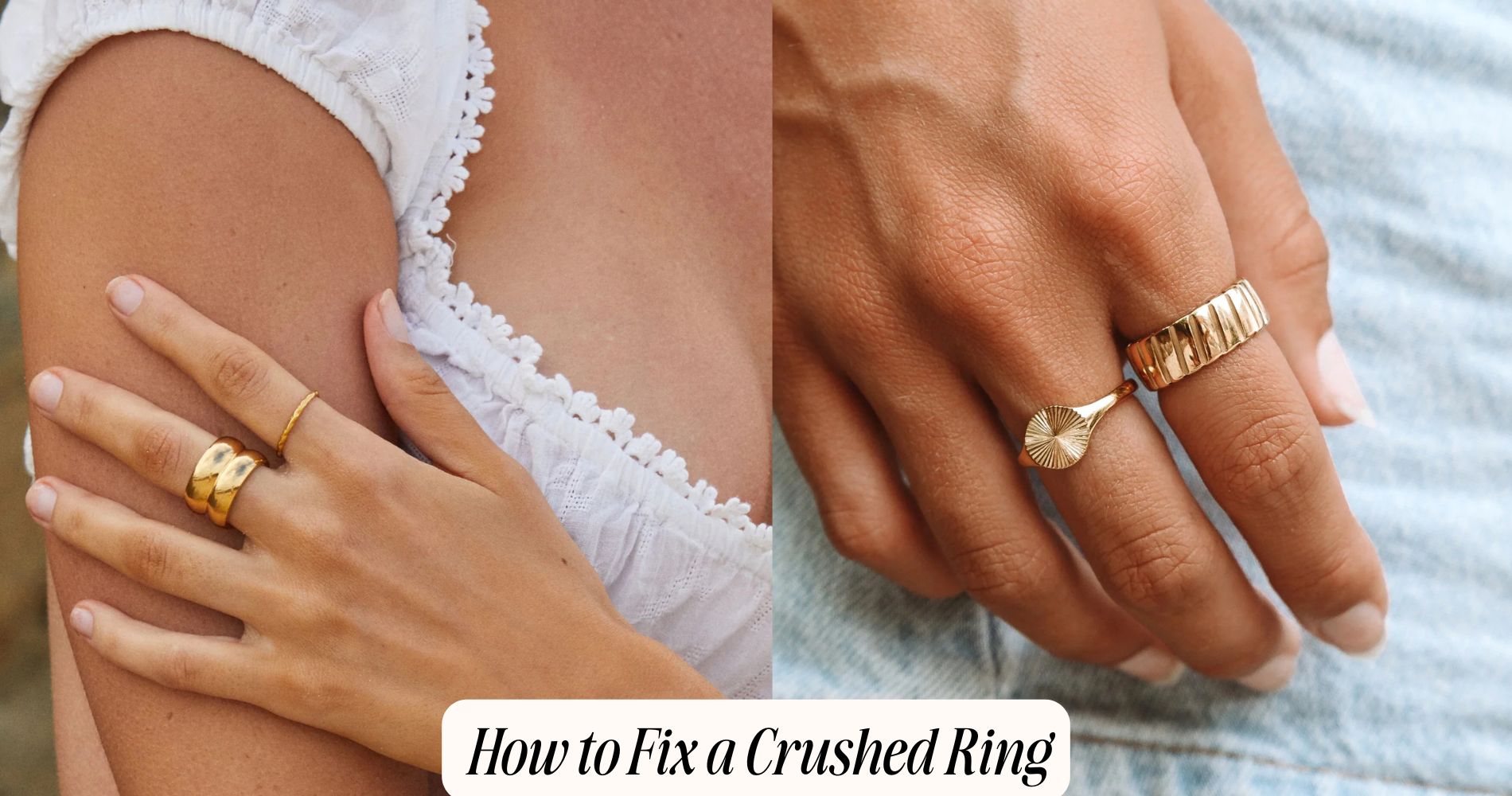
How to Fix a Crushed Ring
How to Fix a Crushed Ring: Start by carefully assessing the extent of the damage. Look for bends, dents, or any structural integrity issues that may impact the ring’s shape. Essential tools like needle-nose pliers, a ring mandrel, and a soft cloth will help in reshaping it. Place the ring on the mandrel, then use a rawhide mallet to gently adjust its form, applying heat if needed. Once straightened, polish the ring with an appropriate compound while avoiding gemstones, then rinse under lukewarm water for a flawless finish. To protect your ring from future damage, handle it with care and store it properly. For timeless, durable options, explore our Minimalist Gold Rings collection, blending elegance and resilience for everyday wear.
Assess the Damage
Before you begin any repairs, it's crucial to evaluate the damage to your crushed ring. Start by examining the ring types you're dealing with, as different designs and materials can affect how you approach the repair.
For instance, rings made from gold, silver, or platinum may have varying levels of malleability and strength.
Next, look for visible signs of damage, such as dents, bends, or breaks. Pay close attention to the structural integrity of the band.
If your ring features intricate designs or gemstones, evaluate whether they've shifted or been compromised during the crushing.
Consider how the ring's common materials interact with each other. For example, if your ring contains both metal and an inlay of enamel or resin, the repair may require specialized techniques to avoid damaging the more fragile components.
Make a note of any areas that seem particularly stressed or weak. This will help you determine if the ring can be reshaped or if it requires more extensive repairs.
Gather Necessary Tools
To effectively repair your crushed ring, you'll need to gather a specific set of tools tailored to the materials and extent of damage. First, identify the ring materials—be it gold, silver, platinum, or a gemstone setting—since different materials require distinct approaches.
For basic repairs, you'll need a pair of needle-nose pliers, which help manipulate the metal without causing further damage. A ring mandrel is essential for reshaping; it allows you to gradually restore the band to its original form. If your ring has gemstones, a soft cloth protects them from scratches during the repair process.
Additionally, having a small hammer on hand can assist in applying gentle pressure, especially on softer metals. For intricate designs, consider a set of fine files to smooth any rough edges after repairing.
If you're dealing with significant damage, epoxy or soldering tools may be necessary, but these require extra caution and skill. Always guarantee you're familiar with the appropriate repair techniques for your specific ring materials.
Straightening the Band
Begin by placing the crushed ring onto the ring mandrel, making sure it sits securely at the base. This tool provides a sturdy surface for you to work on, allowing for precise adjustments.
Depending on the band materials—such as gold, silver, or platinum—you'll need to choose the appropriate amount of force to avoid damaging the ring.
Gently tap the ring with a rawhide mallet or a rubber hammer along the mandrel. Start at the top and gradually work your way down to the base. This method helps to evenly distribute the force, which is essential for effective ring resizing.
If the band remains stubbornly misshapen, consider using a heat source to slightly soften the metal, making it more malleable.
Be cautious—overheating can weaken the structure of the band materials.
After straightening, check the ring's shape periodically by rotating it on the mandrel. Confirm it's uniformly round.
If necessary, repeat the tapping process until you achieve the desired shape, ensuring the integrity of the metal is maintained throughout the manipulation.
Polishing and Finishing Touches
Once you've straightened the band, it's time to polish the ring to restore its original shine and luster.
Start by selecting the appropriate polishing compound for your ring's material. For gold or silver, a fine polishing paste works well, while for platinum, use a specific platinum polish.
Apply a small amount of the compound to a soft, lint-free cloth.
Using gentle circular motions, work the polish into the metal. This method effectively removes surface scratches and tarnish, giving your ring a renewed appearance.
If your ring features gemstones, make certain you avoid the stones while polishing, as harsh compounds can damage them.
After polishing, rinse the ring under lukewarm water to remove any residual polish.
For extra shine, consider using a jewelry cleaning solution that's safe for your specific ring type.
Preventing Future Damage
After restoring your ring's shine, it's important to implement measures that prevent future damage. Proper ring care is essential for maintaining its integrity and appearance.
Start by removing your ring before engaging in activities that can cause wear or damage, such as exercising, cleaning, or gardening. This simple step can greatly reduce the risk of scratches and deformation.
Next, invest in appropriate storage solutions. Store your ring in a soft-lined jewelry box or a dedicated pouch to protect it from scratches and impacts. If you have multiple pieces, consider using individual compartments to prevent them from rubbing against each other.
Additionally, avoid exposing your ring to harsh chemicals or extreme temperatures, which can tarnish or weaken the metal.
Regularly inspect your ring for signs of wear, and clean it with a gentle solution designed for jewelry.
By incorporating these practices into your routine, you'll not only preserve your ring's beauty but also extend its lifespan.
Frequently Asked Questions
Can I Fix a Crushed Ring at Home?
You can fix a crushed ring at home using DIY techniques, depending on the ring materials. Carefully assess the damage and apply gentle pressure or heat to reshape it, ensuring not to compromise the integrity.
What Types of Rings Are Easier to Repair?
When considering ring materials, gold and silver are easier to repair due to their malleability. Simple repair techniques, like soldering or reshaping, work effectively on these metals, ensuring a successful restoration of your cherished jewelry.
Should I Seek Professional Help for Delicate Rings?
Yes, you should seek professional help for delicate rings. Different ring materials require specialized repair techniques. Professionals can safely address issues without risking further damage, ensuring your precious jewelry remains intact and beautiful.
How Do I Know if the Ring Is Too Damaged?
To determine if your ring's too damaged, use ring inspection techniques like visual checks and feel for irregularities. Apply damage assessment criteria, focusing on cracks, bends, or loose stones to gauge its overall integrity and condition.
Is It Safe to Use Heat During the Repair?
Applying heat during repair can be safe, but you must consider metal expansion. Overheating can weaken the structure or cause distortion. Always monitor the temperature closely to avoid damaging the integrity of the metal.
Conclusion
Fixing a crushed ring requires careful assessment and the right tools. By straightening the band and applying polishing techniques, you can restore its original shine and shape. Remember to handle the ring gently to avoid further damage, and consider storing it properly to prevent future mishaps. With these steps, you can effectively revive your cherished piece and keep it looking its best for years to come. Don't hesitate to seek professional help if the damage is extensive.








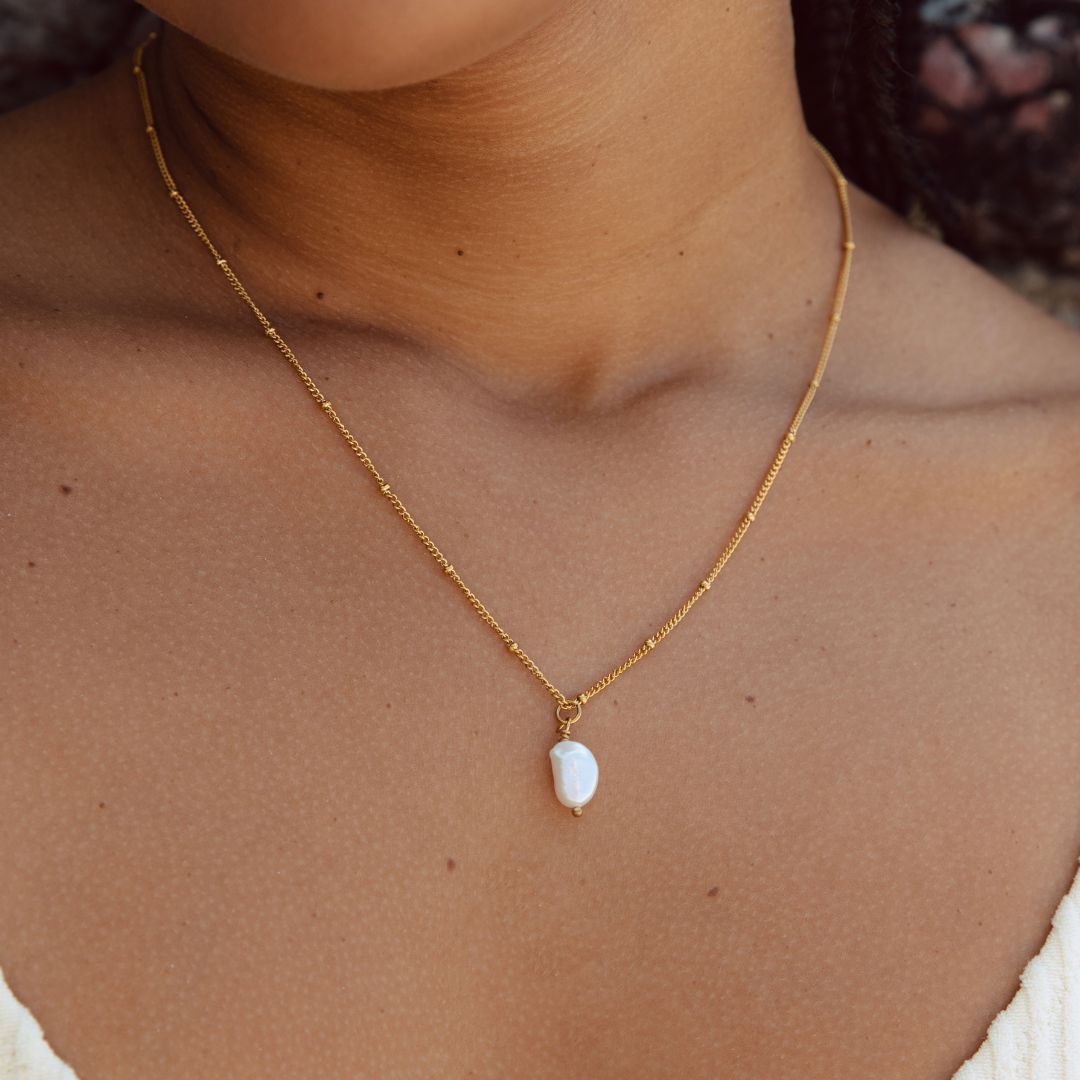


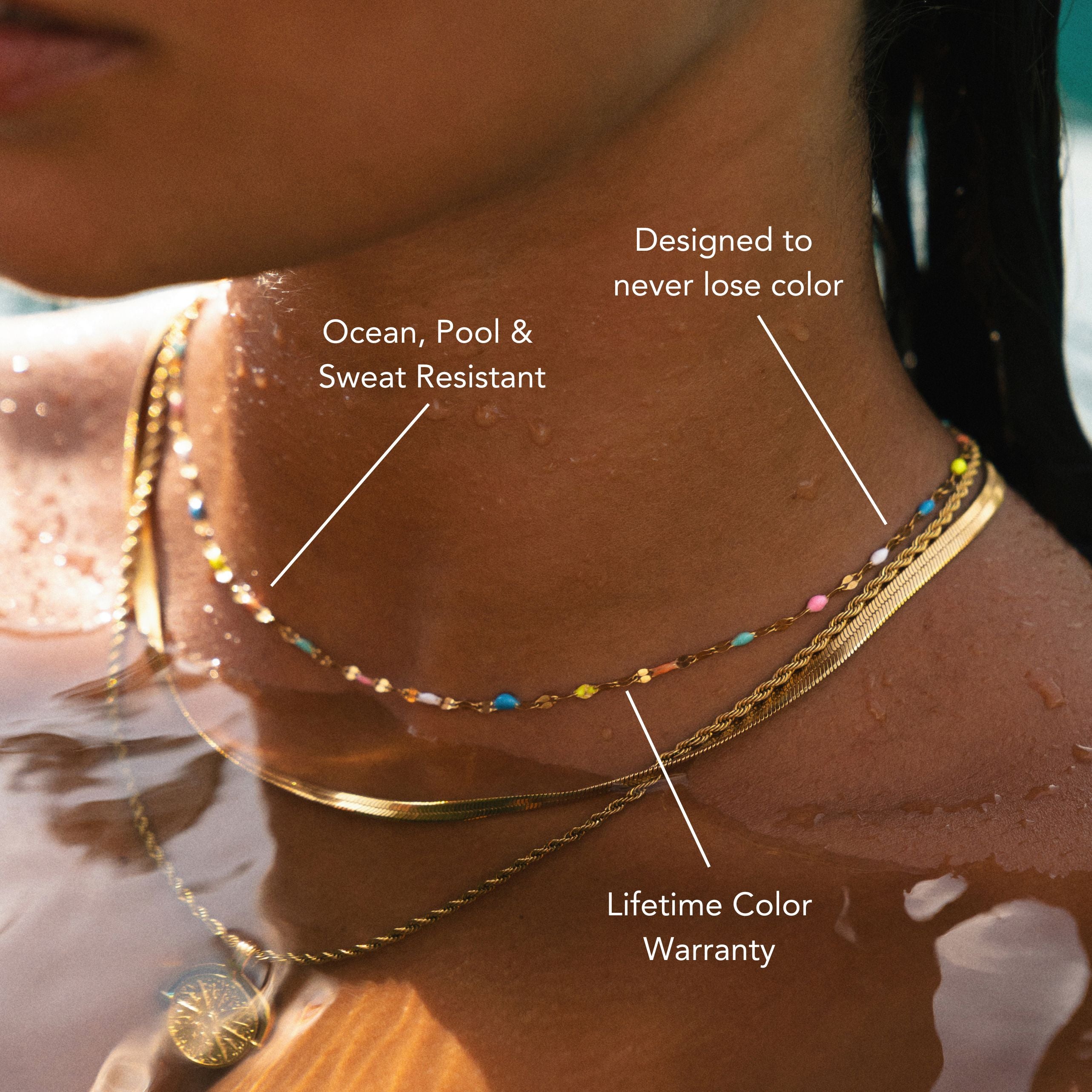
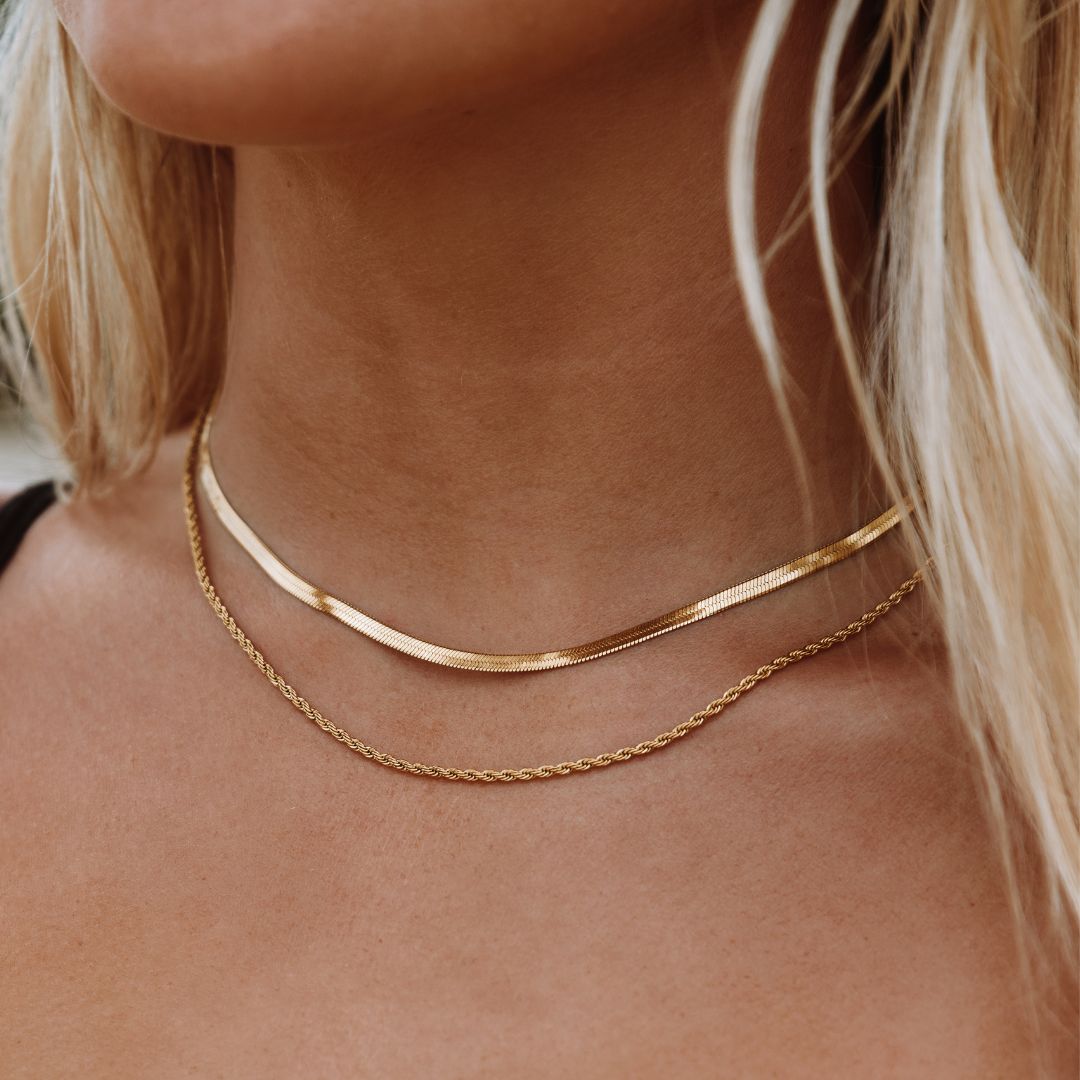





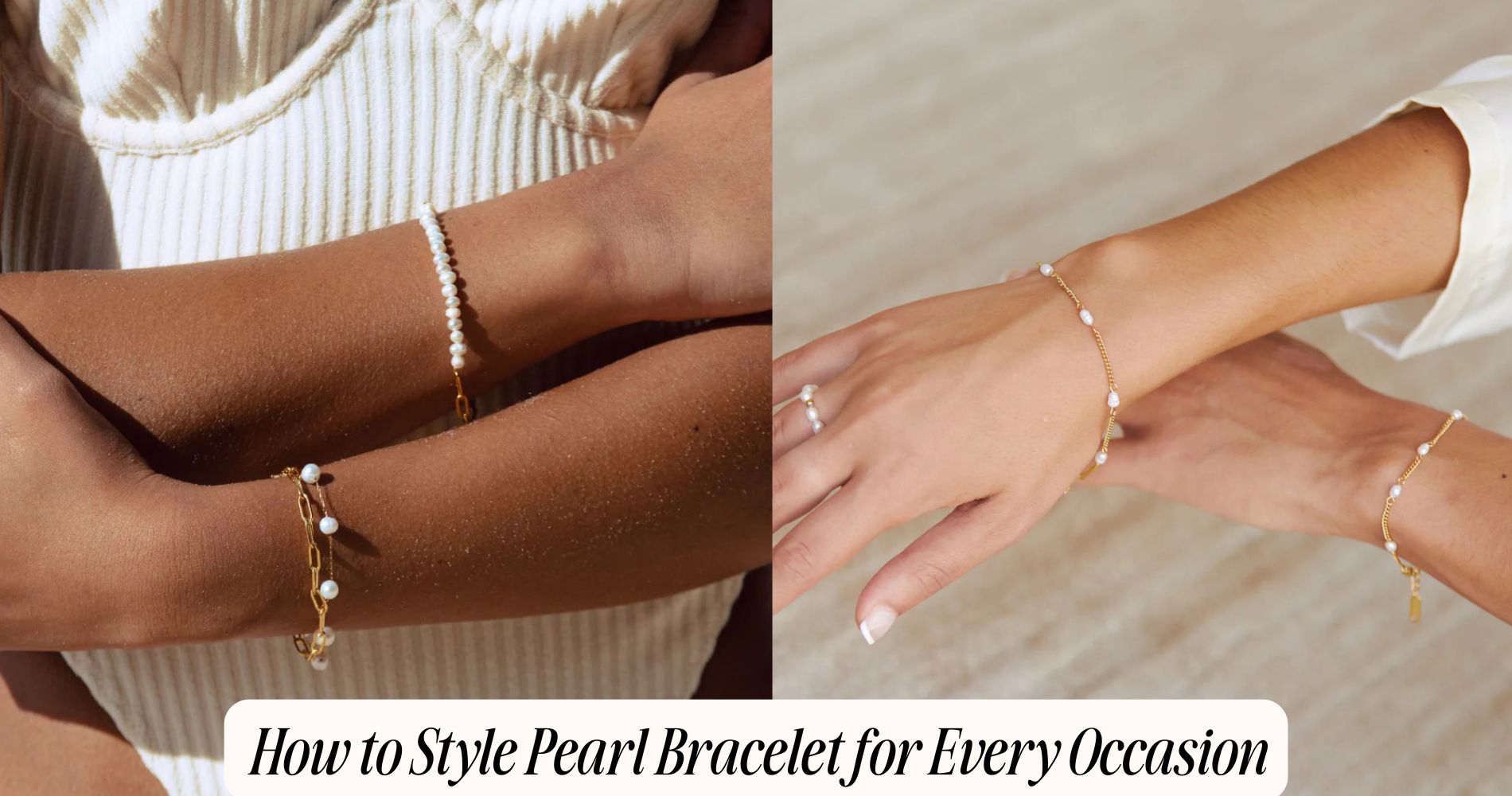
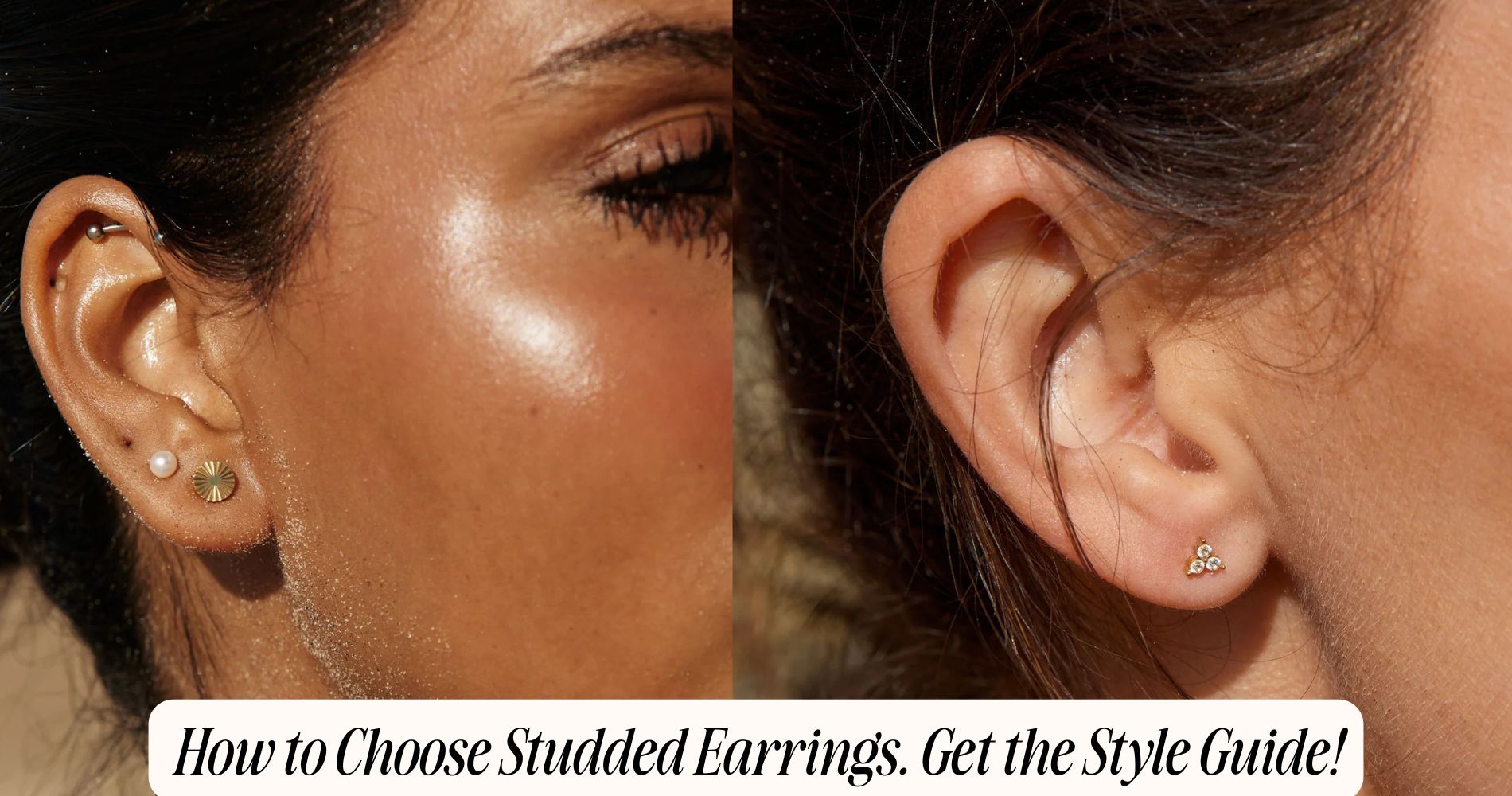




Leave a comment
This site is protected by hCaptcha and the hCaptcha Privacy Policy and Terms of Service apply.